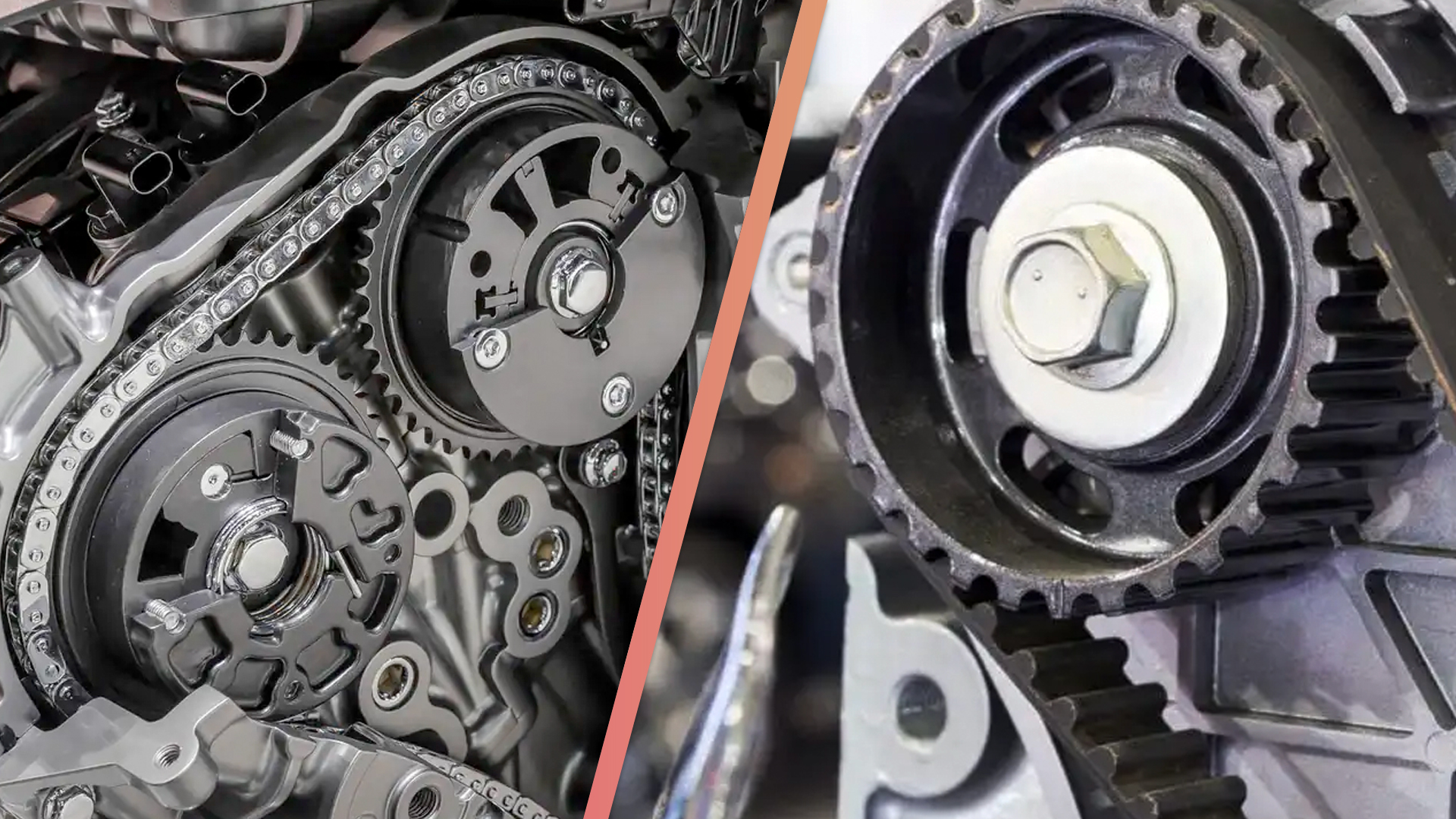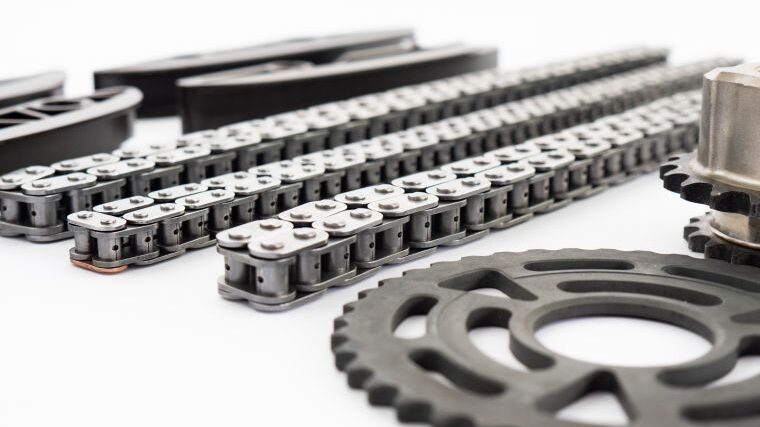Knowing what kind of timing system our car has is essential to keep up with maintenance. When we buy a brand new car, the manufacturer will usually give us a checkup calendar. With this date in mind, we shouldn’t worry too much, no matter the timing system. The authorised repair garage will schedule an appointment when we reach a certain mileage or years.
However, if we are buying a preowned car, the seller might omit this piece of information, or simply not know it. In this article we will teach you how to identify whether your car works with a timing chain or with a timing belt. There’s no need to be a car expert or consult a professional mechanic.
Refer to your Car Manual

First of all, look up in your car manual. It’s the easiest option; this handbook usually remains within the vehicle and tends to include this kind of information. If you cannot find it, you can always search for the manual on the Internet. The car manual is an essential resource that can get us out of a few predicaments. It tells us all we need to know about car maintenance, how to set up the car in case something goes wrong and it can help us to fix the vehicle during an emergency. If you don’t have it in hand, download it in PDF and always carry it in your cell phone.
Visual Identification

If our vehicle booklet does not tell us what kind of timing system is used, we can always identify it ourselves. We will start by opening the hood of our vehicle and finding out whether the engine is positioned longitudinally or transversally to the central axis of the car. All this, looking at the car from the front. In longitudinally arranged engines, the distribution is usually right at the front of the engine, and it is usually quite easy to see. On the other hand, if the placement is transverse, the belt or chain is usually placed on the left side of the engine.
Another trick is to examine the motor side cover. If theres a plastic or tin casing in the previously mentioned side, the engine provably uses a timing belt. This case is there to protect the belt from outside dirt like mud or gravel. Taking off the pastic case should reveal the timing belt.Chain-driven engines have the belt integrated into the engine block, so it does not nedd extra covers. The timing chain is a little more difficult to discern with the naked eye, so we identify it by process of elimination: if there is no cover and the belt is not visible, the car is usually chain-driven.
Search in Our Website

However, we might not be able to look inside our hood and identify the different components of the car. In modern vehicles, it is common practice to place plastics and covers to make the whole more aesthetic and prevent the user from accessing certain parts of the system. If this happens, we should search by make, model and engine identifier of our car. These data are more than enough to make a search and to know if our vehicle works with a timing belt or timing chain.
On this site, we have detailed lists by brand and model. We have a very complete list of engines by model, distribution, power and year. That way, you can quickly check if your car —or the car you want to buy— has a timing belt or a timing chain.
List of Cars by Brand, Engine and Distribution
More Information About Distribution
Here are the advantages and disadvantages of each timing system:




